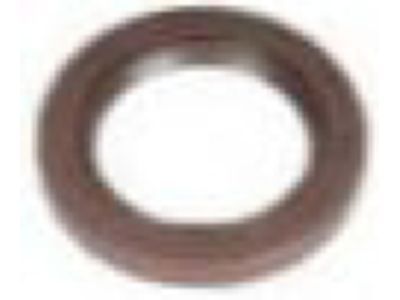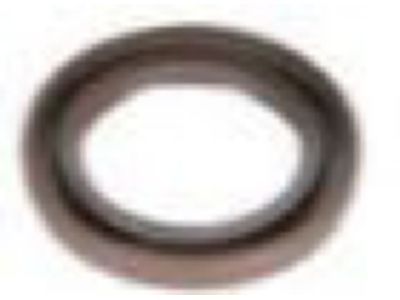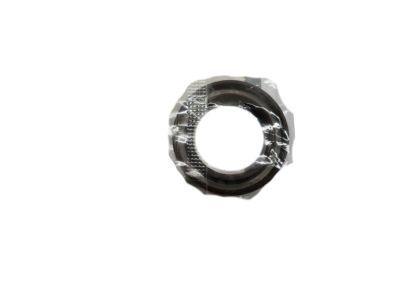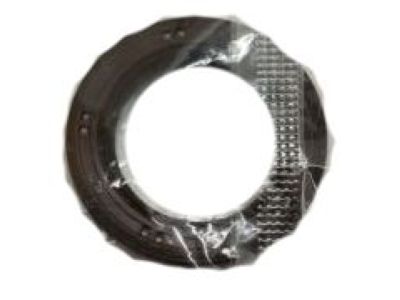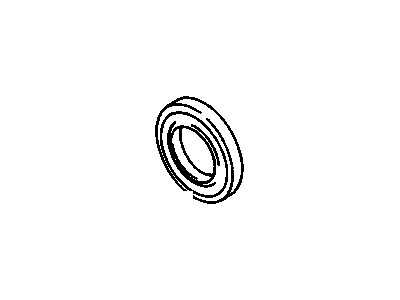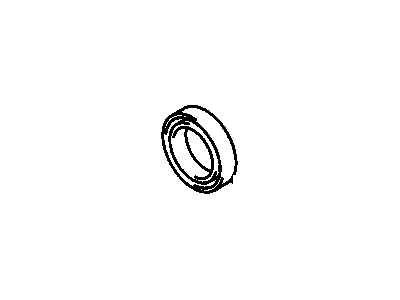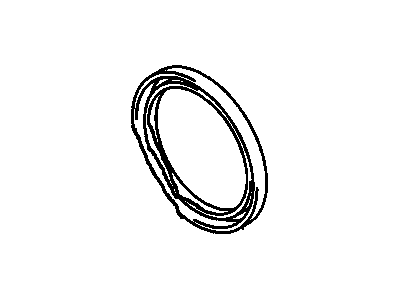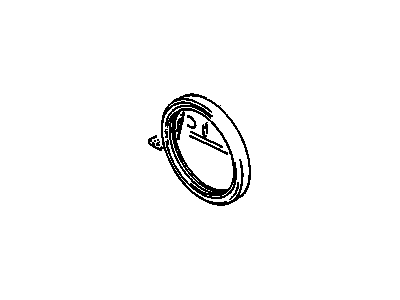
My Garage
My Account
Cart
Genuine Chevrolet Tracker Crankshaft Seal
- Select Vehicle by Model
- Select Vehicle by VIN
Select Vehicle by Model
orMake
Model
Year
Select Vehicle by VIN
For the most accurate results, select vehicle by your VIN (Vehicle Identification Number).
4 Crankshaft Seals found
Chevrolet Tracker Seal,Crankshaft Front Oil
Part Number: 91175484$9.75 MSRP: $17.73You Save: $7.98 (46%)Ships in 1-3 Business Days
Chevrolet Tracker Crankshaft Seal
A Chevrolet Tracker engine also has the Crankshaft Seal situated at the front the engine which serves to ensure that the oil does not leak out of the crankcase. Usually made of metal and rubber combination, this round seal is vital in ensuring constant supply of lubrication to the engine with a view to reducing friction or wear and tear of the engine. Eventually, a crankshaft seal can fail, which could mean leakage of the oil or other problems which could reduce the performance. Any sign of a faulty crankshaft seal should not be disregarded especially in cars with high mileage to enable the engine give out it's optimal performance. Apparently, the construction of the Tracker models might not be totally different in fundamental design, but may differ in some ways concerning the materials used or the manner of assembly introduced to improve engineering and service life.
Each OEM Chevrolet Tracker Crankshaft Seal we offer is competitively priced and comes with the assurance of the manufacturer's warranty for the part. Furthermore, we guarantee the speedy delivery of your orders right to your doorstep. Our hassle-free return policy is also in place for your peace of mind.
Chevrolet Tracker Crankshaft Seal Parts Questions & Experts Answers
- Q: How to remove and replace a front Crankshaft Seal on SOHC engine on Chevrolet Tracker?A:Take the Timing Belt off, along with the crankshaft sprocket and inner belt guide. Wrap a piece of tape around the tip of a small screwdriver. Then, from underneath, use this screwdriver to wedge out that seal. Use the tip of a small screwdriver to pry the seal out carefully-wrap the tip with tape to avoid destroying the seal bore and crankshaft sealing surface. Be keen enough not to wipe or scratch either the seal bore nor crankshaft's surface. Rinse thoroughly and check for any imperfections in the crankshaft's bearing surface or sealing face. Light scratches can be smoothed using emery cloth. Installing a new seal may not cure an oil leak if there is a groove worn into the crankshaft sealing face (from contact with the seal). Trial fit one of those repair sleeves which slide over the top of your engine's bottom end crankshaft finish or upper shaft section. These are usually available at larger automotive parts stores. Make sure you lubricate your new seal with engine oil before inserting it into place using a suitable socket and hammer for driving. Insert the new seal gently by tapping it into place with a socket and a small hammer. Finally, put back all components related to timing belt. Start it up and look for signs of oil leakage.
Related Chevrolet Tracker Parts
Browse by Year
2004 Crankshaft Seal 2003 Crankshaft Seal 2002 Crankshaft Seal 2001 Crankshaft Seal 2000 Crankshaft Seal 1999 Crankshaft Seal 1998 Crankshaft Seal 1997 Crankshaft Seal 1996 Crankshaft Seal 1995 Crankshaft Seal 1994 Crankshaft Seal 1993 Crankshaft Seal 1992 Crankshaft Seal 1991 Crankshaft Seal 1990 Crankshaft Seal 1989 Crankshaft Seal
